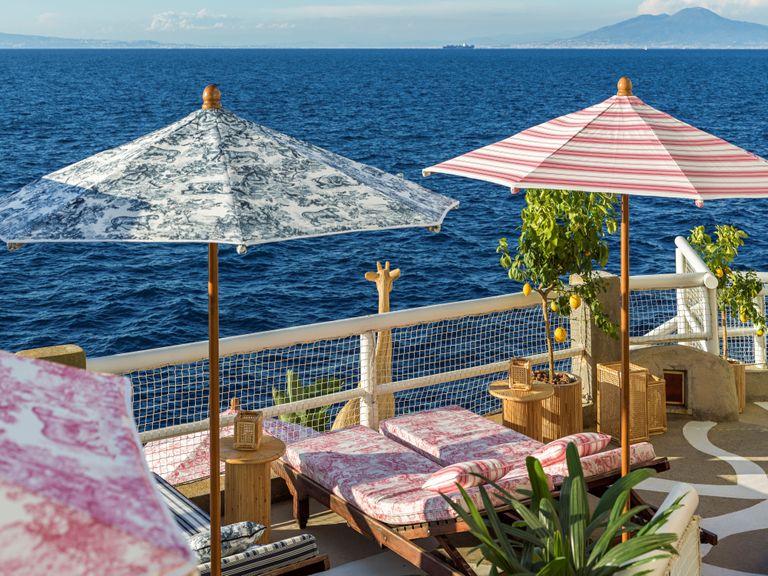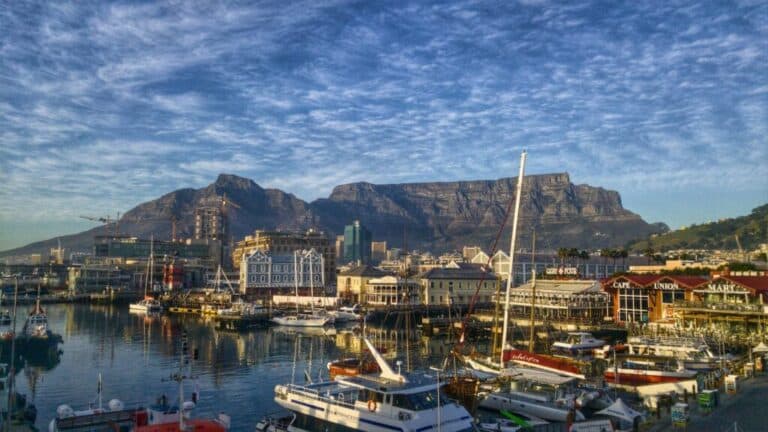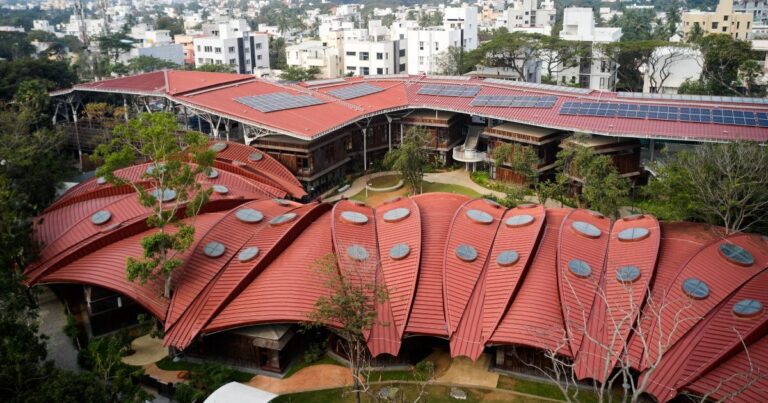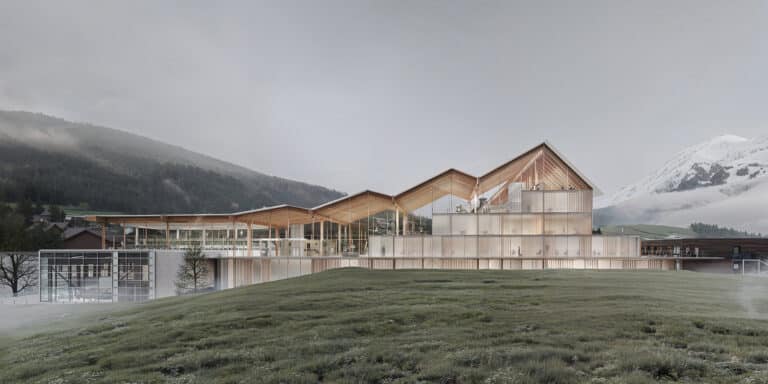Temporary Architecture How Fashion is Redesigning Hotels This Summer
In the past, architecture meant towering buildings, strong walls, and columns that told stories of old eras. But in recent years, a new idea has emerged: Temporary architecture doesn’t always have to be fixed or permanent. It can be temporary , flexible , even interactive .
And this summer, on the sun kissed coasts of Europe, we’re seeing one of the clearest examples of this shift. Instead of just showcasing bags and clothes in stores, some of the world’s biggest luxury fashion brands like Burberry, Dior, and Missoni are choosing unexpected venues: hotels . These venues serve not just as places to stay. They are architectural spaces being redesigned and reimagined to reflect the soul of each brand in a visual and creative way.
Hotels Are More Than Just Places to Sleep
Some might see them simply as vacation spots, but behind every great hotel lies an architectural story.
Take San Domenico Palace in Taormina, Italy. It’s not just a luxury hotel, but a centuries-old castle that blends Baroque elegance with modern touches.
Or the JW Marriott Venice Resort & Spa , located on a private island, which shows how architecture can harmonize with water and natural surroundings.
These hotels don’t just offer luxurious stays. They carry a clear architectural identity, making them ideal settings for fresh and unique experiences.

Temporary Architecture: When Space Becomes a Message
What’s happening inside these hotels isn’t just about changing furniture or colours. It’s a new kind of architecture known as temporary architecture.
This type of design doesn’t focus on permanence. Instead, it focuses on connection and experience.
- At the Monte Carlo Beach Club, Jacquemus transformed the entire pool area using bold tropical colours and dynamic lines. This was accomplished without altering the original structure.
- At the White Hotel in Saint Tropez, Louis Vuitton left its mark by decorating tableware and seating with its iconic Monogram Flower pattern.
The result? A completely different atmosphere all without changing the building itself.

Local Roots Make a Difference
One of the most important things that makes these projects special is that they don’t impose a foreign identity on the place. Instead, they try to speak its language.
- In Taormina, Dolce & Gabbana didn’t just add bright colours. They drew inspiration from Mediterranean culture, using patterns inspired by traditional Sicilian mosaics and ceramics.
- In Sardinia, Herno used local materials like natural cork , giving the project both a heritage feel and a modern twist.
Architecture here isn’t just structure it’s a story being told through design.

Sustainability Isn’t a Buzzword It’s a Choice
Some of these projects go beyond aesthetics and focus on environmental responsibility .
Using natural, locally-sourced, or recyclable materials has become part of the philosophy of temporary architecture.
For example:
- In Herno’s collaboration at Phi Beach in Sardinia, natural cork was used for tableware. This choice was not only eco-friendly but deeply rooted in the region’s craft traditions.

Architecture Is No Longer Just Functional It’s Expressive
What really makes these projects exciting is how architecture has evolved. It has changed from merely housing people to becoming a tool for expression.
- At the Monte-Carlo Beach Club , curved lines and warm tones create a wave-like feeling that flows with the sea.
- At The Standard Ibiza , bold patterns bring a lively energy that reflects the island’s vibrant character.
Here, architecture isn’t just practical it has language , and rhythm .

The Future: Will Fashion Brands Become Architects?
With every season, these collaborations are evolving. They’re getting smarter, more in tune with their surroundings, and more focused on experience.
It’s not hard to imagine a future where a fashion brand doesn’t just launch a new collection, but also redesigns architectural spaces. This would be done with a real understanding of the cultural and architectural identity of the location.

Conclusion
While it may seem like the spotlight is on fashion, the true heart of these projects is architecture . Not just because it provides the space, but because it redefines the relationship between people and place .
This summer, hotels are no longer just places of comfort. Instead, they’ve become living test sites for a new kind of architecture.
One that’s not only beautiful, but also interactive, sustainable, and meaningful.
✦ ArchUp Editorial Insight
This article explores the intersection of fashion and temporary architecture through seasonal hotel interventions across Europe. The visuals emphasise vibrant materiality, spatial reconfiguration, and brand-driven aesthetics. These elements transform hospitality environments. While the curated design expressions offer strong visual appeal, the editorial depth remains surface-level. It lacks critical discussion on sustainability or long-term architectural impact. Still, the piece successfully highlights how luxury brands are reshaping guest experiences through immersive, context-aware spatial strategies.
ArchUp: A Live Chronicle of the Arab and Global Architectural Scene
Since its launch, ArchUp has aimed to build an open knowledge archive. This covers everything related to architecture, design, and urbanism in the Arab world and beyond. We strive to provide neutral, encyclopaedic content written in a professional tone. This content is aimed at every architect, researcher, student, or decision-maker.
The content is managed by a dedicated editorial team that ensures daily review and updates of news, articles, and design data. We invite you to reach out via our Contact Us page to contribute, suggest, or collaborate in expanding the architectural knowledge network we are building together.







